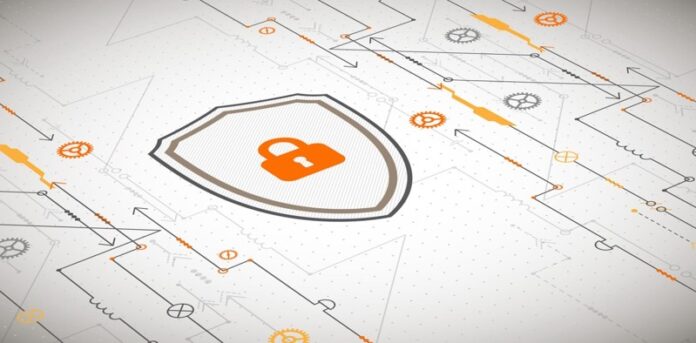Cybercrime poses a great risk to many companies. Hackers can employ such attacks to steal important trade secrets, help themselves to your customers’ confidential information, or simply disable your IT infrastructure. In each case, this can lead to huge financial losses. But not all companies are equally affected by these attacks, because careful preparation can significantly reduce the risks. In addition, even though it may not always be possible to ward off every attack, this action will at least minimise the extent of any damage. That means it’s essential to be thoroughly prepared for the threat posed by cybercrime. For insurance companies too, careful risk management in this area is an indispensable part of any proper assessment of the potential hazards.
Team composition is a crucial feature
A strong team will be required to prepare your company for cybercrime attacks and to identify the attendant risks. Thus, the primary focus will always be on your IT department, which is responsible for ensuring the security of your systems and for warding off all Internet-based attacks. Therefore, you should source experts with the necessary technical knowledge of these domains. However, it is also advisable to involve other departments in this process, so risk-management specialists, qualified legal executives and other professionals should also be part of any team. In addition, contact with external partners can be a helpful means of more accurately assessing the level of threat in any location. Therefore, an interdisciplinary team of experts is an important prerequisite for quantifying the risk of cybercrime.
Careful testing can determine the risk of cyberattacks
Once you have assembled your team, it can then start to prepare the company for Internet attacks. This can include, for example, performing special cyber hygiene checks in order to test whether your IT system security measures are working effectively. The results will show where the greatest danger lies, which in turn will allow you to reinforce and upgrade the areas identified in order to reduce the inherent risks. Such testing will also enable you to assess the current level of threat. Furthermore, testing hypothetical risk scenarios is also very important. These procedures can simulate an attack and determine any areas in which your system appears vulnerable. Such strategies reveal where the existing control and security mechanisms are working properly, as well as any areas where such an attack might prove successful. The information gained via these simulations is essential to accurately assess the risk of cyberattack.
Insurance to minimise the risks
It’s perfectly possible to reduce the dangers of a cyberattack by careful preparation, but there will always be a residual risk. Thus, many companies choose to take out insurance as an additional safeguard. Moreover, in order to select suitable insurance protection, it’s first necessary to assess the potential financial damage that might be sustained in the event of an attack. This again will require testing and analysis of your existing cyber security systems. Carefully conducted simulations will not only confirm whether any attack could be successful; they also constitute an extremely helpful means of exploring the likely consequences. When you design a hypothetical threat scenario and review your monitoring and control measures under those conditions, it soon becomes clear which areas may be affected by an attack. In addition, it will also show the potential financial loss to which your company could be exposed. Such information is all-important when you are seeking suitable insurance cover.
This article was first published on LinkedIn.







